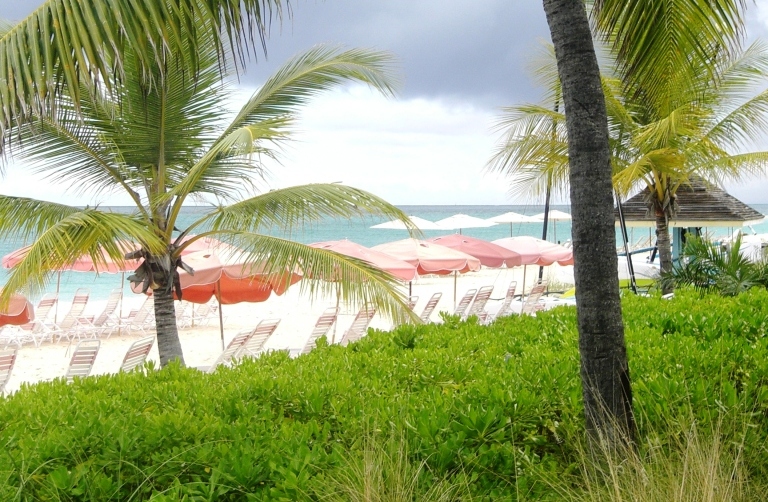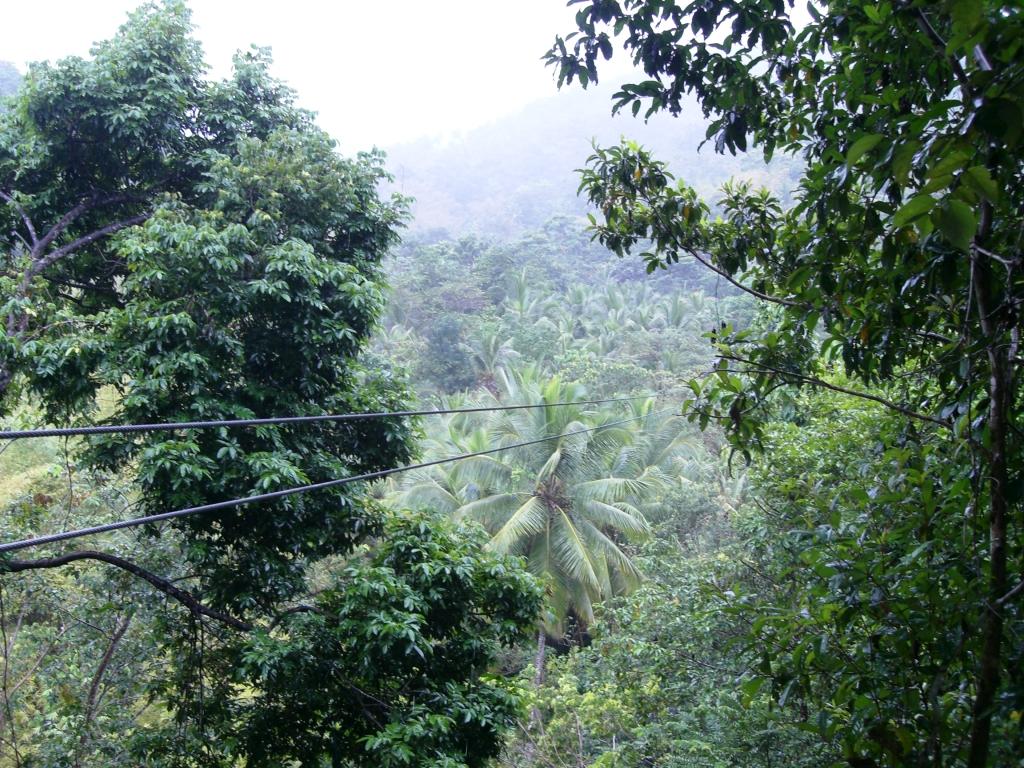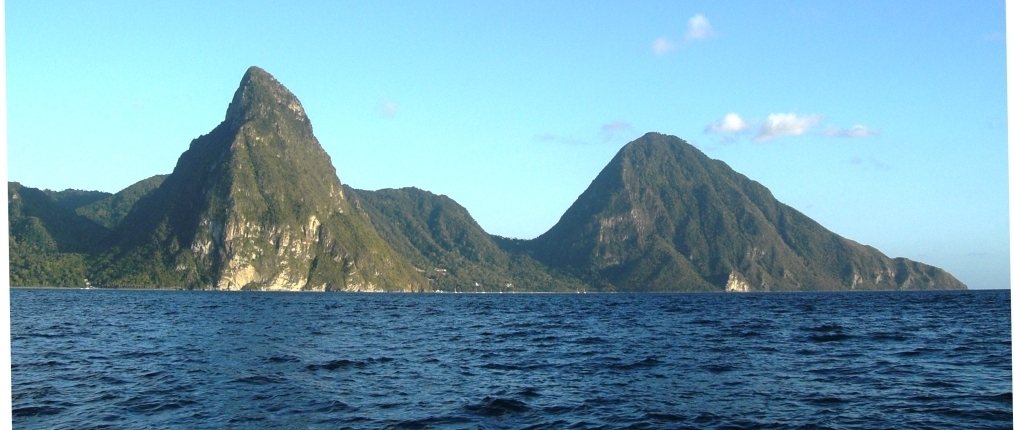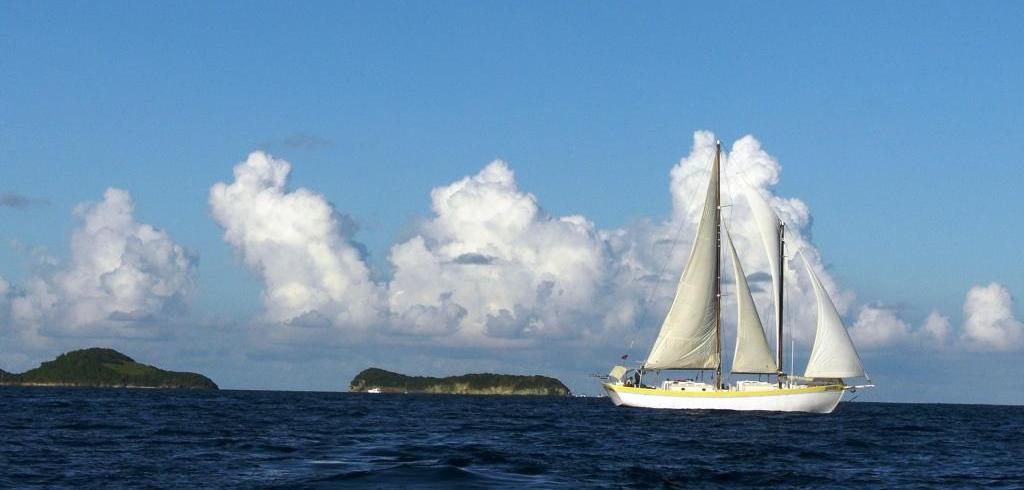Experienced scuba divers share a frustration. Although a Scuba diving certification card is supposed to be a license to dive independently, in reality, when you go out on a Scuba boat that doesn’t belong to you, you often have to follow the leader — even if you’re a dive master yourself, or an instructor. All of which is fine and sensible: It puts safety first and helps to avoid such nuisances as accidents, decompression chambers, and lawsuits.
But not everyone needs to dive in a closely supervised group, and if you’re ready to dive a bit more independently (with a buddy, of course), you’ll have the opportunity at Dive Provo in Turks and Caicos.
In Your Bucket Because…
- This really *is* diving that lives up to the hype: Clear water, interesting walls, lots of marine life, large schools of fish.
- There’s a ton do to topside, so non-diving travel companions won’t be bored.
- Grace Bay has been called the “best beach in the world.”
- Good for all levels of divers and snorkelers, water sports enthusiasts. There’s also a lot of interesting shopping and dining in Grace Bay.
Located a mere half hour from the Provindenciales International airport, Dive Provo is conveniently situated a short hop from the beach at Grace Bay — which has been rated by Travel and Leisure readers as the “best beach in the world.” Given that Turks and Caicos diving frequently shows up in “best of” lists in dive magazines, there’s really no way to go wrong here.
I wandered into Dive Provo quite by accident. Basically, when I go to a tropical island, my main concern is getting underwater as soon as possible and staying there as long as possible. Dive Provo offered a three-tank dive safari that including the island’s famous wall dives.
Logistics of Turks and Caicos Wall Diving
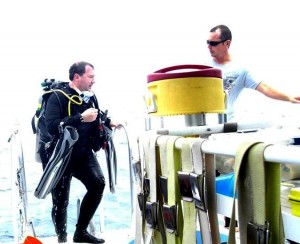
A lot of diving in Turks and Caicos is wall diving. This makes for easy underwater navigation, so at Provo, divers have a choice: Buddy pairs can go off on their own. Unpaired divers and newbies can stay with a dive master. Currents affect how the dives are choreographed, but basically it’s the standard pattern: swim out against the current and ride back with it.
The dive briefing was quick and clear: The dive boat stops just above the drop off, and everyone descends to a flagged starting point at the edge. Each dive site is slightly different: There might be a simple descent down the wall, or a swim through a chimney, but basically, divers drop to a recommended depth along the wall. Direction of travel depends on currents. On the days I dived, there was virtually no current, and divers went off in both directions. When you’ve used up half your air, you ascend to a shallower depth and meander back to the flag, where you can explore the top of the wall until your air reaches the safety stop level. Safety stops were taken at a hanging bar (equipped with a back-up air tank).
Diving That Lived up to the Hype
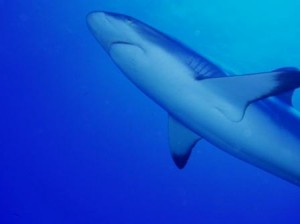
I’m never quite sure what makes one dive spot earn a place on a “best of” list while another gets the “ho hum” treatment. I will tell you this about Turks and Caicos diving: At one point I actually started to cry underwater because of the sheer beauty of the wall and the magnetic appeal of the infinite blue and the enormity of what I was seeing. I’d been off in the blue following a Caribbean reef shark when the dive master gestured to an enormous sea turtle, and then, just as I focused on that, there was an even bigger one, then another shark, and then a ray. In case you’re wondering, it’s not smart to cry underwater. Your face screws up and makes creases, which lets seawater inside your mask. And then your eyes are all blurred by salt tears and salt water. It kind of ruins the moment.
A couple of other points about Turks and Caicos diving: The water was clear on all three days I dove, with a good 80 to 100 feet of visibility at every dive site. In addition to sea turtles and reef sharks (one of them heavily pregnant), which I saw on every dive, there were rays on some of the dives, teeming schools of reef fish, and lots of bright soft coral. Plus, I love diving through chimneys and most dives offered at least one of those, as well.
Bottom line: Turks and Caicos diving lives up to the hype. At Dive Provo you can explore it at your own pace. And there’s plenty to do above the water, for land-lubbing family members. I can’t tell you too much about that.
Practicalities
Dive Provo includes computers in the rental equipment. On the three-tank dive safaris, non-Nitrox-certified divers can do a supervised Nitrox dive to maximize bottom time. Provo tries to schedule dives so that divers diving for multiple days get to explore different sites. The length of the boat trips correlates with the number of dives: On the three-tank adventure dive, we rode out about an hour; rides to the two-tank dives were about half an hour or 45 minutes, and single-tank dives stayed closer to home.
During surface intervals, divers can snorkel or hang out on the boat. For two and three tank dives, the operator provides snacks, light sandwiches, and some drinks. Transfer service to various hotels and resorts is included in the fee.
Grace Bay is filled with accommodations ranging from Club Med to hotels to condos. I stayed at Ocean Club Resorts, which has two properties on the Grace Bay beach, one a stone’s through from Dive Provo. The complex also has its own dive outfitter, so if you’re a hard core diver, you can get even more variety: the resort offers seasonal stay-and-dive deals. Ocean Club offers condos in a variety of sizes and configurations — ideal for groups of divers sharing common living space and cost.
